To honor MLK, ‘Letter from Birmingham Jail’ will resound from Eastern State Penitentiary
-
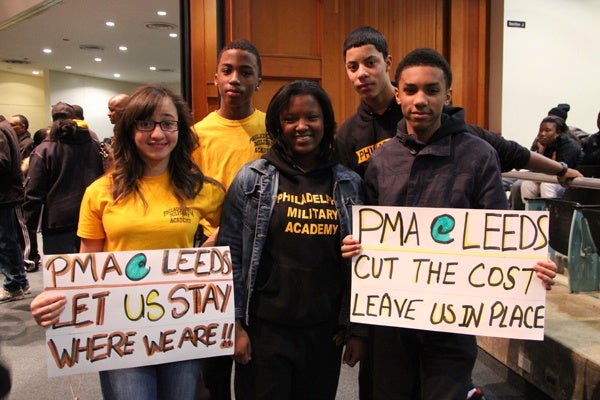
Philadelphia Military Academy students protest the moving of their school at a community meeting at Martin Luther King High School. (Emma Lee/for NewsWorks)
-
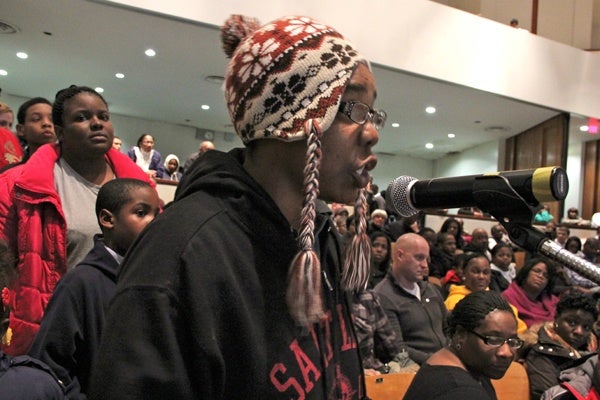
Aikia Adams argues that her two young children will have to travel too far through unsafe neighborhoods if their school is closed. (Emma Lee/for NewsWorks)
-
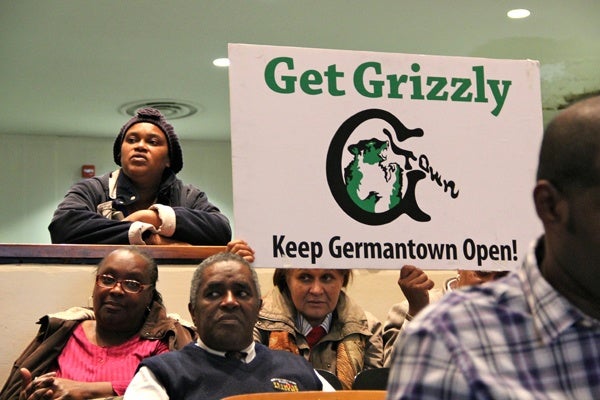
At Martin Luther King High School, community members object to the proposed closing of Germantown High School and other schools in the district. (Emma Lee/for NewsWorks)
-
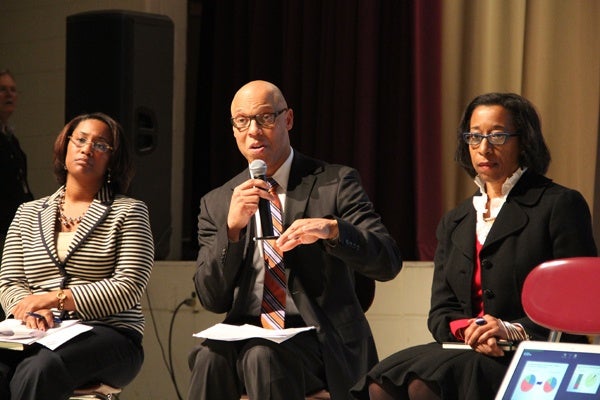
Philadelphia Superintendant of Schools Dr. William Hite fields questions from concerned parents during a community meeting at Martin Luther King HIgh School. (Emma Lee/for NewsWorks)
-
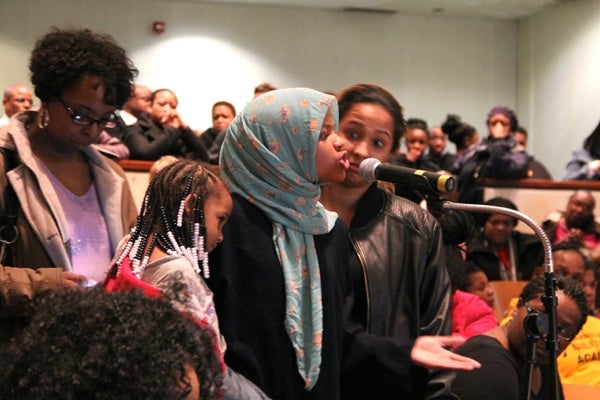
In the crowded auditorium at Martin Luther King High School, Dobbins High School ninth grader Siani Whitehead urges administrators to keep her school open. (Emma Lee/for NewsWorks)
-
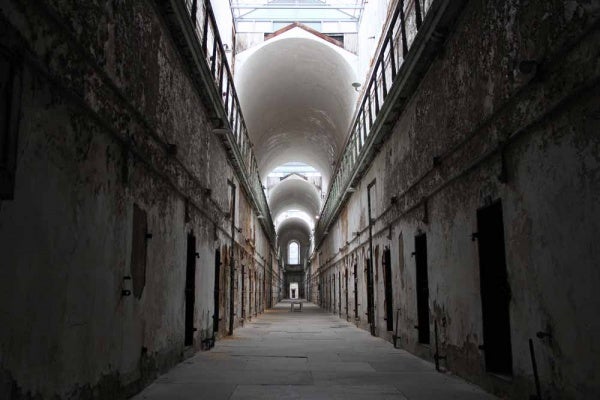
<p>Eastern State Penitentiary will offer tours with a civil rights perspective during Martin Luther King weekend. (Emma Lee/for NewsWorks)</p>
-
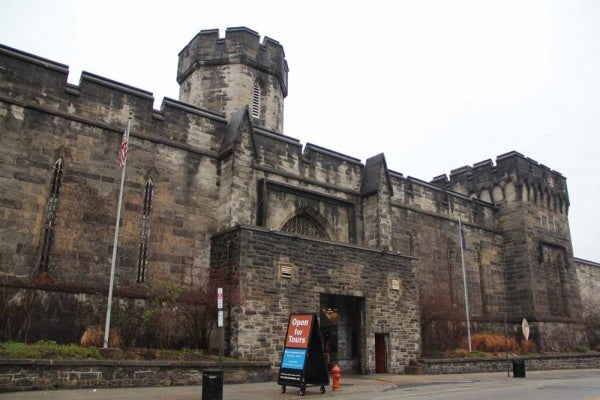
<p>Eastern State Penitentiary will present dramatic readings of Martin Luther King's "Letter from a Birmingham Jail" during Martin Luther King weekend. The prison museum will also offer tours with a civil rights perspective. (Emma Lee/for NewsWorks)</p>
-
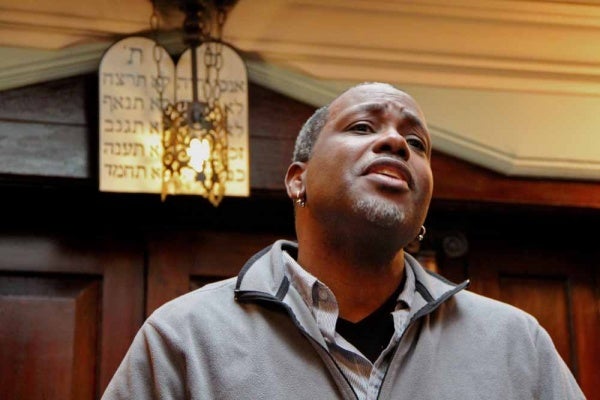
<p>Philadelphia actor Leonard Webb reads through the "Letter from a Birmingham Jail" in preparation for Martin Luther King weekend performances at Eastern State Penitentiary. (Emma Lee/for NewsWorks)</p>
-
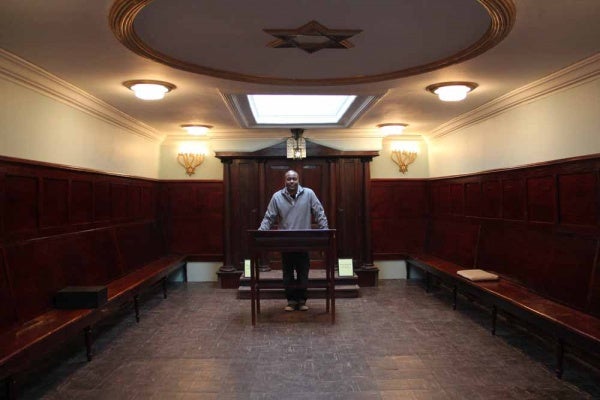
<p>Philadelphia actor Leonard Webb prepares for a dramatic reading of Martin Luther King's "Letter from a Birmingham Jail." The performances will take place in the synagogue at Eastern State Penitentiary. (Emma Lee/for NewsWorks)</p>
-
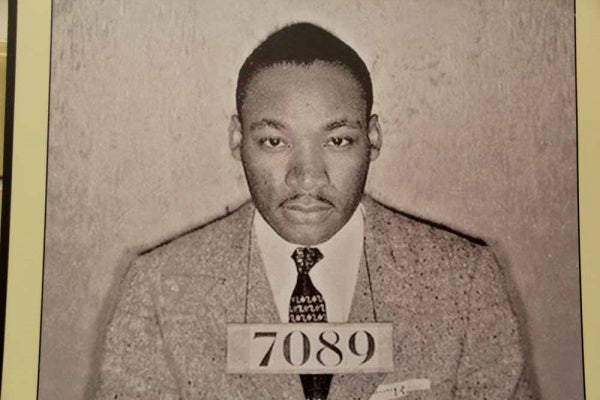
<p>A mug shot of Martin Luther King Jr., taken after his arrest during the Birmingham bus boycott, hangs on the wall at Eastern State Penitentiary. (Emma Lee/for NewsWorks)</p>
-
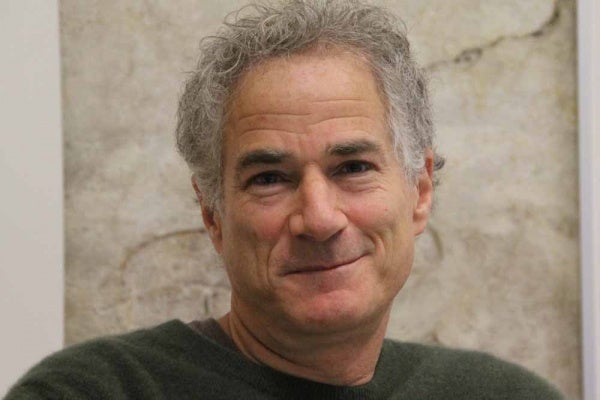
<p>Temple history professor David Farber provides a perspective on the role of prison in the civil rights movement for Eastern State Penitentiary's Martin Luther King weekend events. (Emma Lee/for NewsWorks)</p>
This weekend, the Eastern State Penitentiary will honor the Rev. Dr. Martin Luther King Jr. with a reading of his seminal text, “Letter from Birmingham Jail,” from jail.
King wrote the letter in April 1963 while incarcerated for demonstrating without a permit. It is addressed to a group of clergymen in Birmingham who, while sympathetic to the civil rights movement, denounced King as too radical.
But King knew he would be addressing the entire country; an editor at the New York Times, Harvey Shapiro, asked him to write the letter.
“He was already well known among many, but few knew how intelligent he was, how articulate he was, how capable he was of making a case for the civil rights movement,” said David Farber, a history professor at Temple University. “With that letter, he really announced himself to the nation.”
Ultimately, the New York Times did not publish “Letter from Birmingham Jail.” It appeared in a few radical magazines and eventually was picked up the Atlantic Monthly.
The letter is an unapologetic defense of breaking the law for a greater good, and an admonishment of the moderate clergymen for their hesitation. The tone of the letter differs from King’s more famous speeches; ot does not have the rhetorical firepower of the “I Have a Dream” speech. The pulpit poetry is toned down in favor of careful counterargument.
“It’s a very deliberate, thoughtful letter,” said Leonard Webb, one of the actors performing the text at Eastern State Penitentiary. “There’s not any ambiguity to the message he’s giving out to these clergymen, so they won’t question him. ‘I have a specific reason, I was invited here.’ He basically punks them a little bit: Why aren’t you here? This is where you should be. Because this is where injustice is.”
Webb, along with a second actor and a handful of scholars, will perform and discuss “Letter” in the synagogue of the penitentiary. The prison has a chapel, but, like much of the historic landmark, it is in an extreme state of disrepair. Outside of the administrative offices, the recently restored synagogue is the only room that is heated.
Civil rights movement reached inside penitentiary walls
The prison operated between 1829 and 1971. The civil rights movement of the 1960s caused tension in many prisons, including ESP. On the night King was assassinated in 1968, the warden and guards of Eastern State were deeply worried about a possible riot.
“We have an oral history from a man who came in to volunteer, teaching a class about current events,” said Sean Kelley, ESP’s director of programming. “On the night King was assassinated, he called the prison and said, ‘I assume you don’t want me to come in tonight. Of all nights, I assume you don’t want me to come in to talk about current events.’ They were very shrewd. They said, ‘Of all nights, this is the night you have to come in.'”
King had never visited Eastern State, and had no known personal connection to the site. But “Letter from a Birmingham Jail” shows he thought deeply about incarceration as a moral imperative.
“For a black man in the 1960s, prison represented a nightmare. A fearful place. A place where black men and women were going to be — as a matter of course — maltreated, facing brutal punishment,” said Farber. “And yet King, and others in the civil rights movement, chose civil disobedience, chose to go to jail, knowing the treatment they would face, because he believed it was the only way to bring the illegitimacy of racism to the attention of the American people.”
Eastern State Penitentiary will host readings and discussions of “Letter from Birmingham Jail” six times over the three-day weekend, with a rotating roster of actors and scholars.
WHYY is your source for fact-based, in-depth journalism and information. As a nonprofit organization, we rely on financial support from readers like you. Please give today.

